Dear Editor:
In your October/November 2008 issue, Glenn Barnett’s article “Caring for the Casualties” was of particular interest to me. I was wounded on September 10, 1944, flown back to England from the 100th Evacuation Hospital outside of Brest, France, on September 18, arriving at the Army’s 121st General Hospital in the evening. I was the first patient moved into a newly opened 24-bed ward, with lights burning, white sheets, and female nurses. Mr. Barnett’s sidebar story “‘White Sheets and Women’: The Army Nurse Corps,” reinforced vivid memories of that moment.
But within that story he quoted an entry from Stephen Ambrose’s book, Citizen Soldiers. This quote can be found on page 325 in the chapter titled ”Medics, Nurses, and Doctors”: “Funny stories helped keep them going. One concerned a Red Cross worker, Miss Eisenstadt, who picked up a chart expecting to see where and how the patient was wounded. What she saw astonished her. ‘How on earth did you ever get shot with two arrows?’ she blurted out. The full-blooded American Indian on the cot replied with righteous indignation, ‘That’s my name, not my injury.’”
Mr. Barnett changed the tale a bit by crediting an Army nurse with that question. My charge is that Ambrose did not clearly convey Miss Eisenstadt’s story. The soldier’s complete name was Leo Shot-With-Two-Arrows, which lost something in Ambrose’s printed narrative.
I spent eight months in that hospital ward and casualties came and left. Leo was a ward mate for perhaps three of four months, during which time we became well acquainted. He was 19, my age, from the Rose Bud Indian Reservation in South Dakota and had been a rodeo bronco rider before entering service. Furthermore, I knew Miss Eisenstadt because she came to the ward periodically to check on new patients or to visit with those who had been there a while. I last heard from Leo in the seventies when his son was serving in the Marine Corps in Vietnam.
Mortimer C. Sheffloe
Georgetown, Texas
Dear Editor:
I really enjoyed the article “Hazardous Duty with the Naval Armed Guard” in the October/November issue of your excellent magazine. It brought back memories of when I was in the Merchant Marine, prior to being inducted into the Army in September 1941. I was a First Sergeant in the 2nd Infantry Division, having seen bloody action in France, Belgium, Germany, and Czechoslovakia and being discharged in October 1945.
In any event, as a Merchant Marine I boarded the SS Exeter, which left New York on September 2, 1939, whose itinerary was Marseilles, France; Naples, Livorno, and Genoa in Italy; Pyraeus, Greece; Alexandria, Egypt; Haifa, Jafa, and Palestine; and Beirut, Lebanon, and then back to New York on October 15, 1939.
The same day we left New York, Nazi Germany invaded Poland, and on September 3, 1939, England and France declared war on Germany. We heard the news on the loudspeaker, and on the fourth day while navigating on the Atlantic, we spied a German submarine. The captain of the SS Essex immediately gave orders to paint the American flag on the sides of the ship, and then and only then did the submarine leave us alone.
While in the ports of the cities mentioned above we were given a day off to visit the ports while the “black gang” (not for their color, but because they worked while we had our days off) remained aboard, and as war had already been declared we saw uniforms all over the place. Very interesting and scary at the same time, not knowing that in a few years I would be fighting those uniforms.
Subsequently, President Roosevelt signed the Neutrality Act, leaving us merchant seaman out of work … until I was drafted. The rest is history.
Harold A. Rodriguez
Anaheim, California
Dear Editor:
Perhaps no other battle in the war is more captivating to readers than the Normandy invasion. Author Kevin Hymel does a very nice job in “D-Day Dilemma,” (Aug./Sept. 2008 issue), but he is a bit hard on Colonel Edson Raff, in my opinion. Mr. Hymel is critical of Raff for not showing the same boldness and initiative as General Ridgway. Hymel should keep in mind that colonels and generals are truly paid to think and act at different levels. Surely one would expect Ridgway, as a major general, to take bold initiative by searching out the 4th Infantry Division, finding artillery support, and finding Colonel Raff (recall also that Ridgway was surrounded, another incentive for action). Raff, on the other hand, was simply trying to get the job done in his attempt to reach Ste. Mere Eglise. And his peer at the scene, Colonel James Van Fleet, was also thinking at his pay level, and playing it safe as well. This must have paid off for Van Fleet, who later rose to the rank of full general and commanded the Eighth Army during the Korean conflict.
A point also on author Hymel’s critique of Ridgway for using glider troops instead of a better-suited armored division for the task handed to Raff. Keep in mind that, as a commander of an airborne division, Maj. Gen. Ridgway had no access to an armored division or any of one’s assets. At that point, Ridgway was probably stymied. To my knowledge no U.S. armored division took part in the D-Day landings, and I do not think one could hold a major general of airborne troops accountable for that.
Finally, it is my opinion that WWII History ought to spring for an expense-paid trip to France for Mr. Hymel, and allow him to see for himself the much-venerated church at Ste. Mere Eglise! I was able to see it myself in 1984 and I was struck by how small it truly is. Not a cathedral at all, it is really more of a chapel. But when I saw it, from its steeple hung a white silk parachute and a mannequin, commemorating the airborne trooper who became hung up on it during that fateful night jump of June 6th, 1944.
James Spinelli, MD
Colonel, US Army, ret.
Columbia, South Carolina
Dear Editor:
Recently I had the honor of visiting Ernie Pyle’s grave site at the National Memorial Cemetery of the Pacific.
Indeed, Pyle, as a veteran, was entitled to be buried in a military cemetery, but according to our group’s tour guide (who was unaffiliated with the National Cemetery), the reason Pyle is interred between two unknown soldiers is because he specifically requested this manner of burial in his last Will and Testament.
William R. Mumbauer
Brandon, Florida
Note: Opinions expressed in “Dispatches” do not represent those of the writers, editors, or staff of WWII History or Sovereign Media.
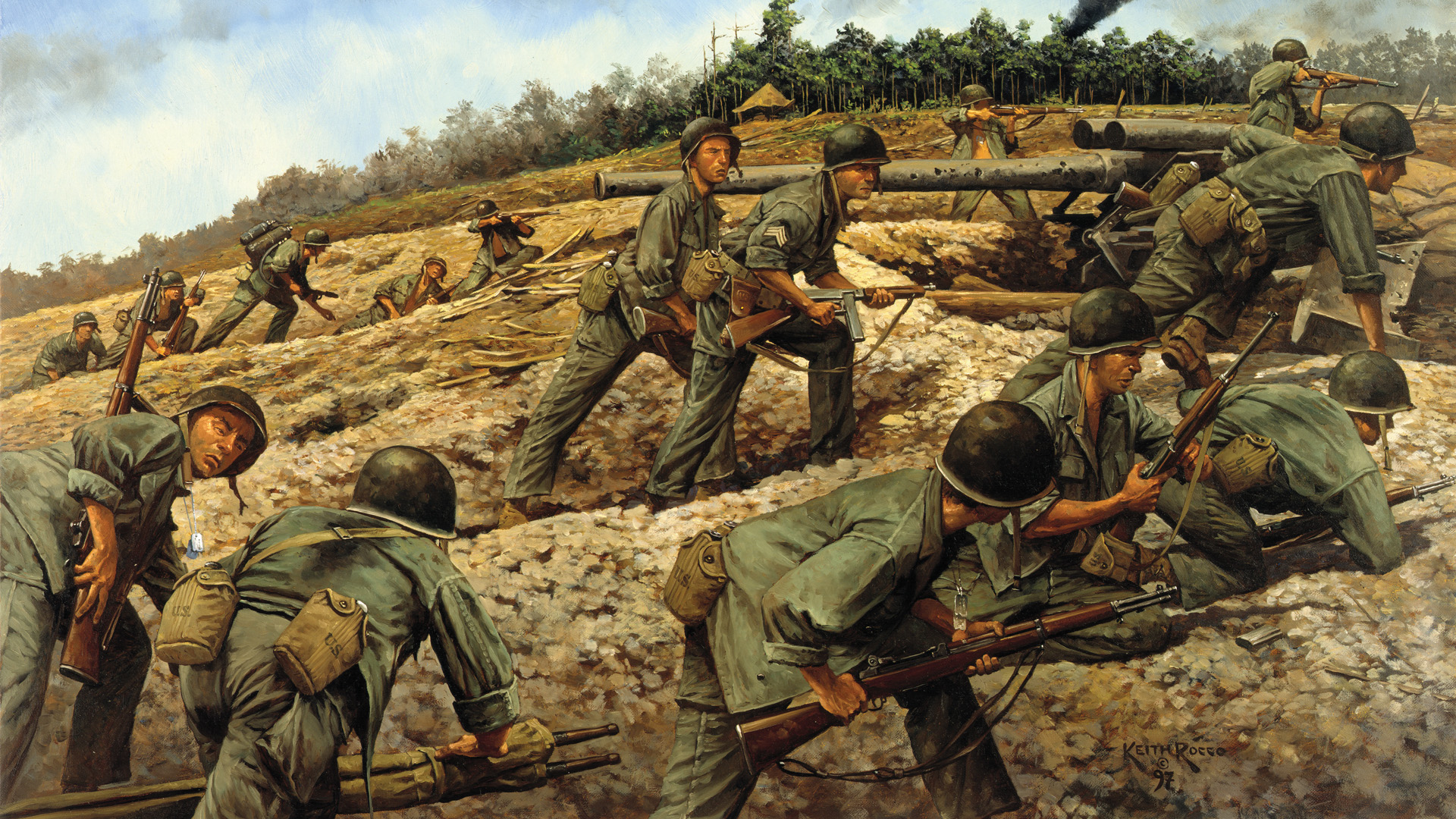
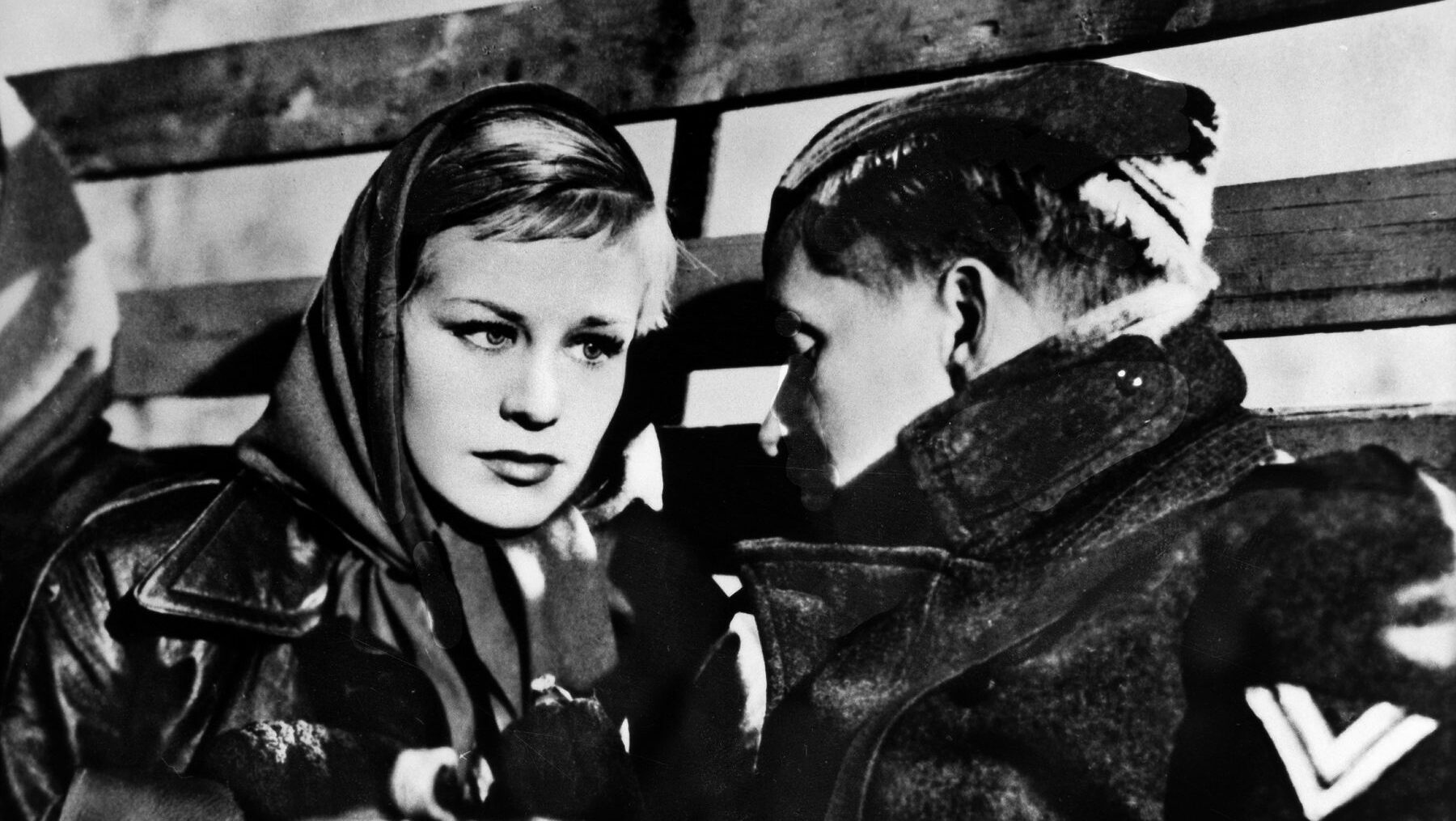
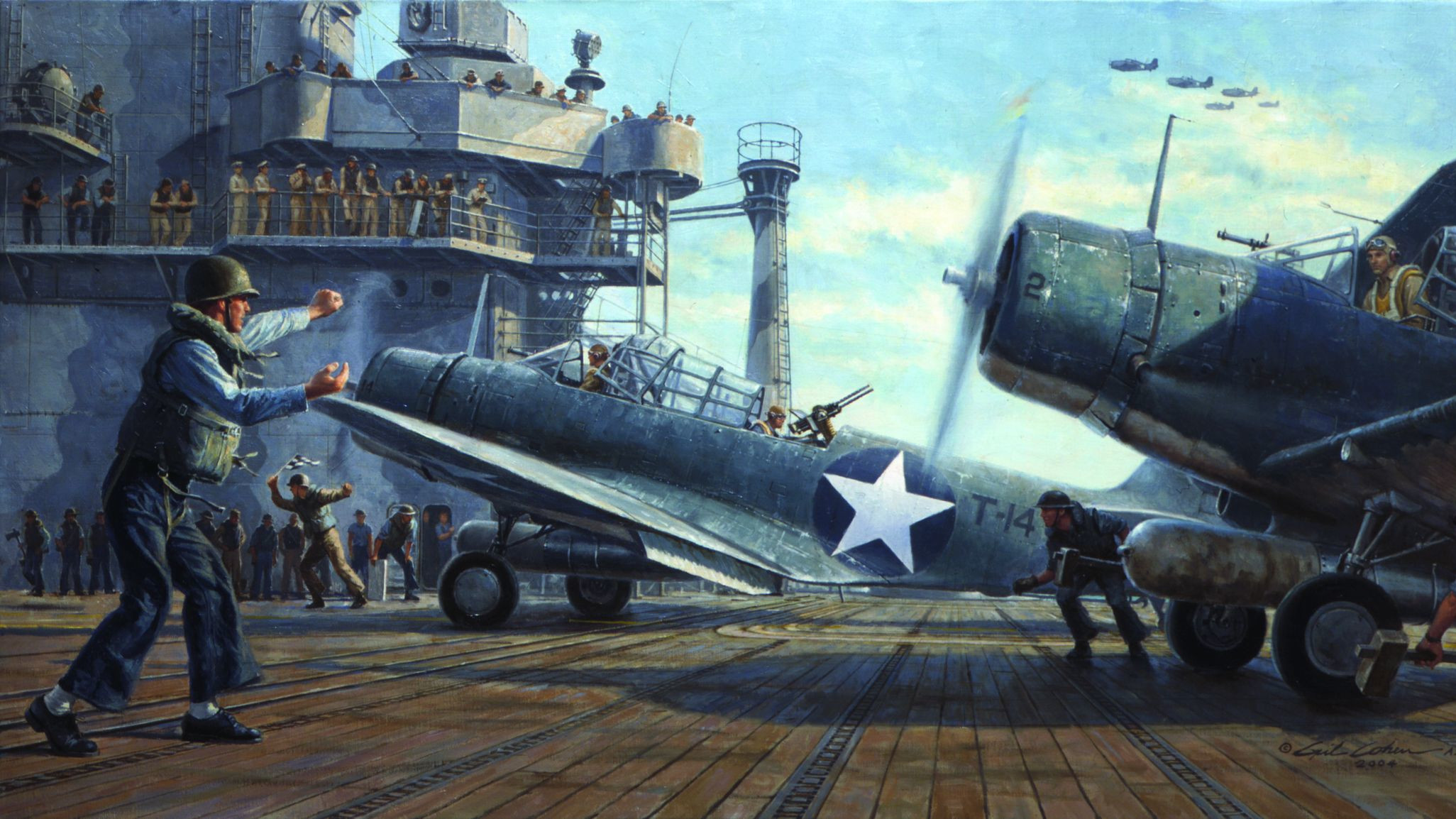
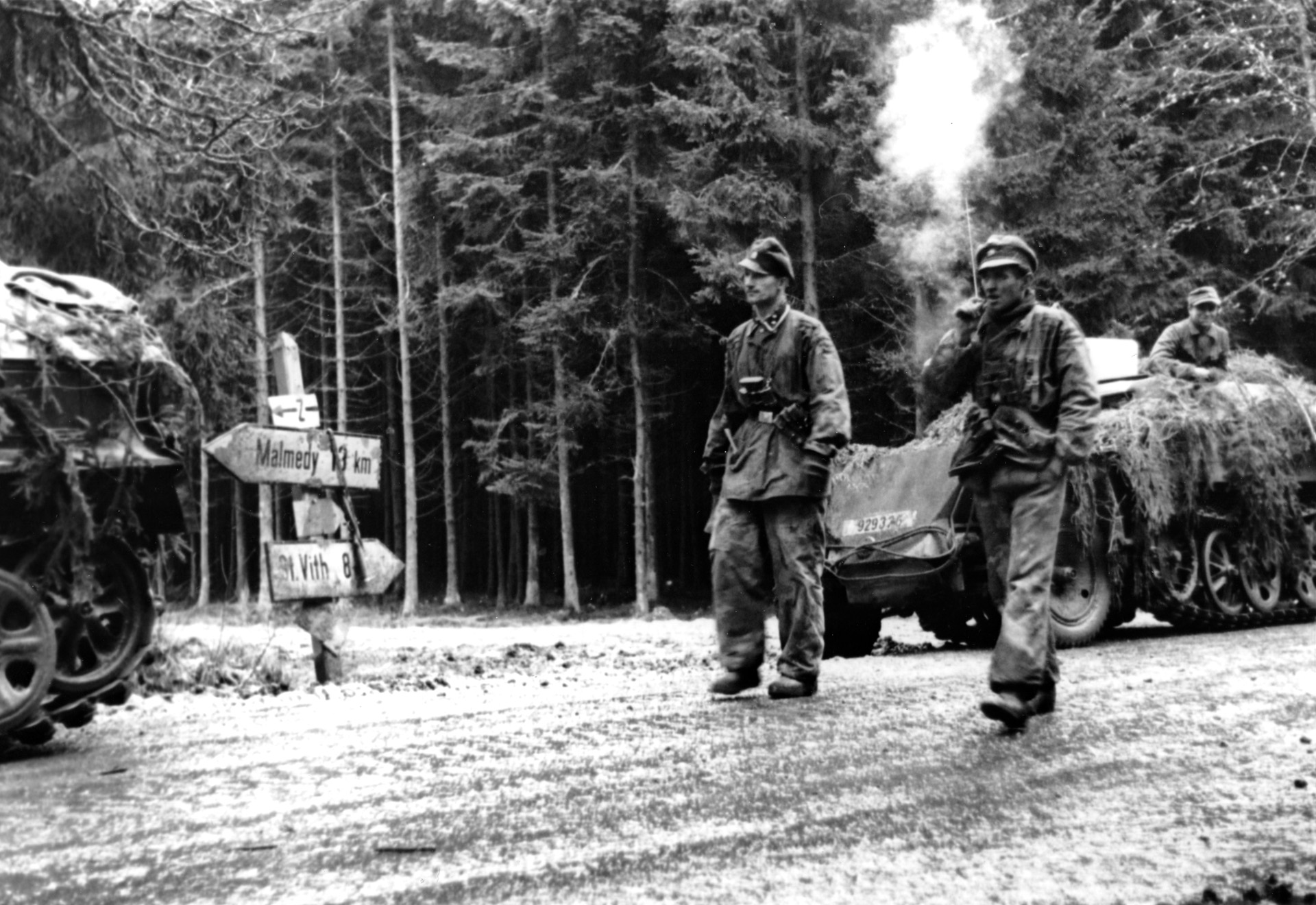
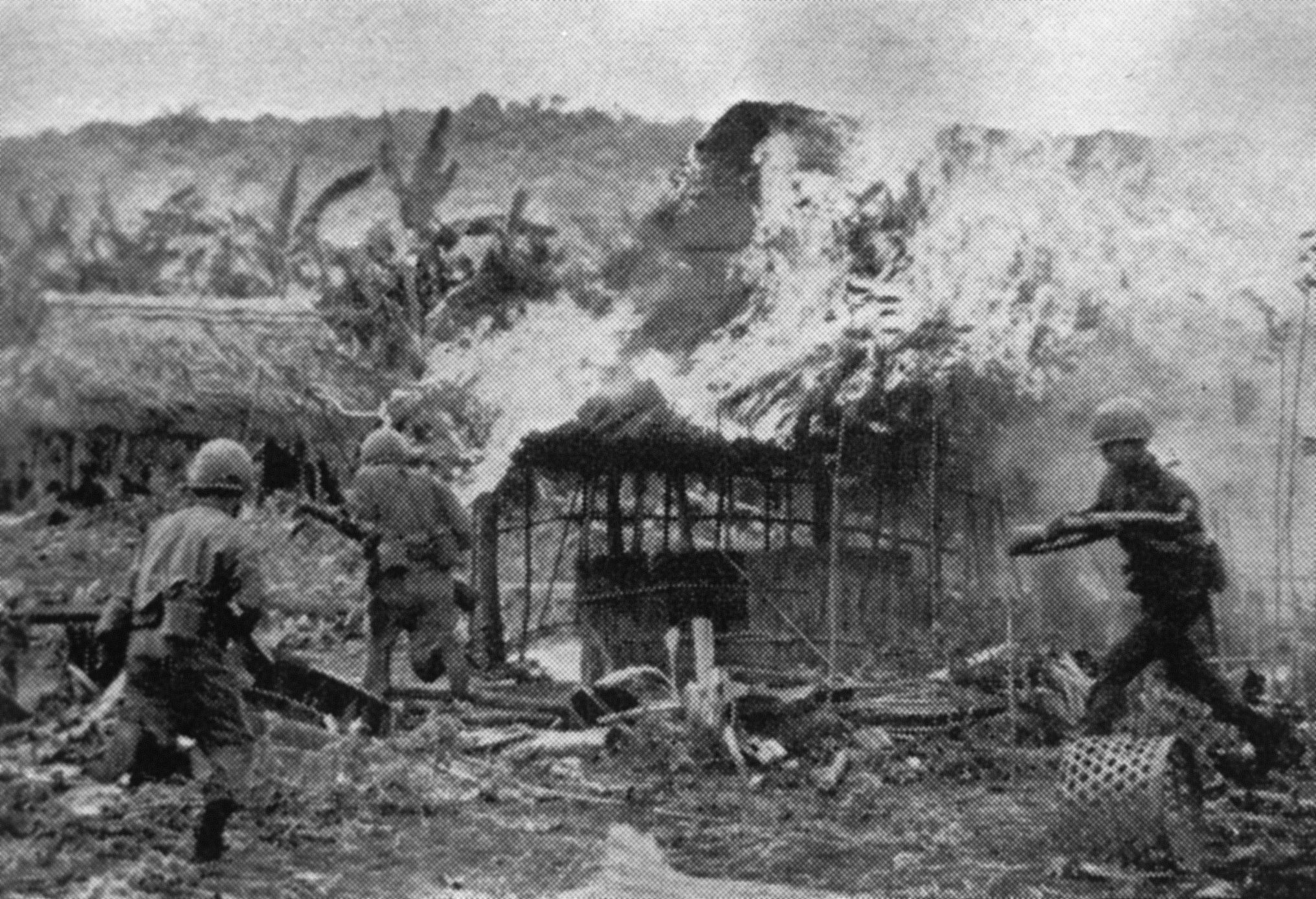
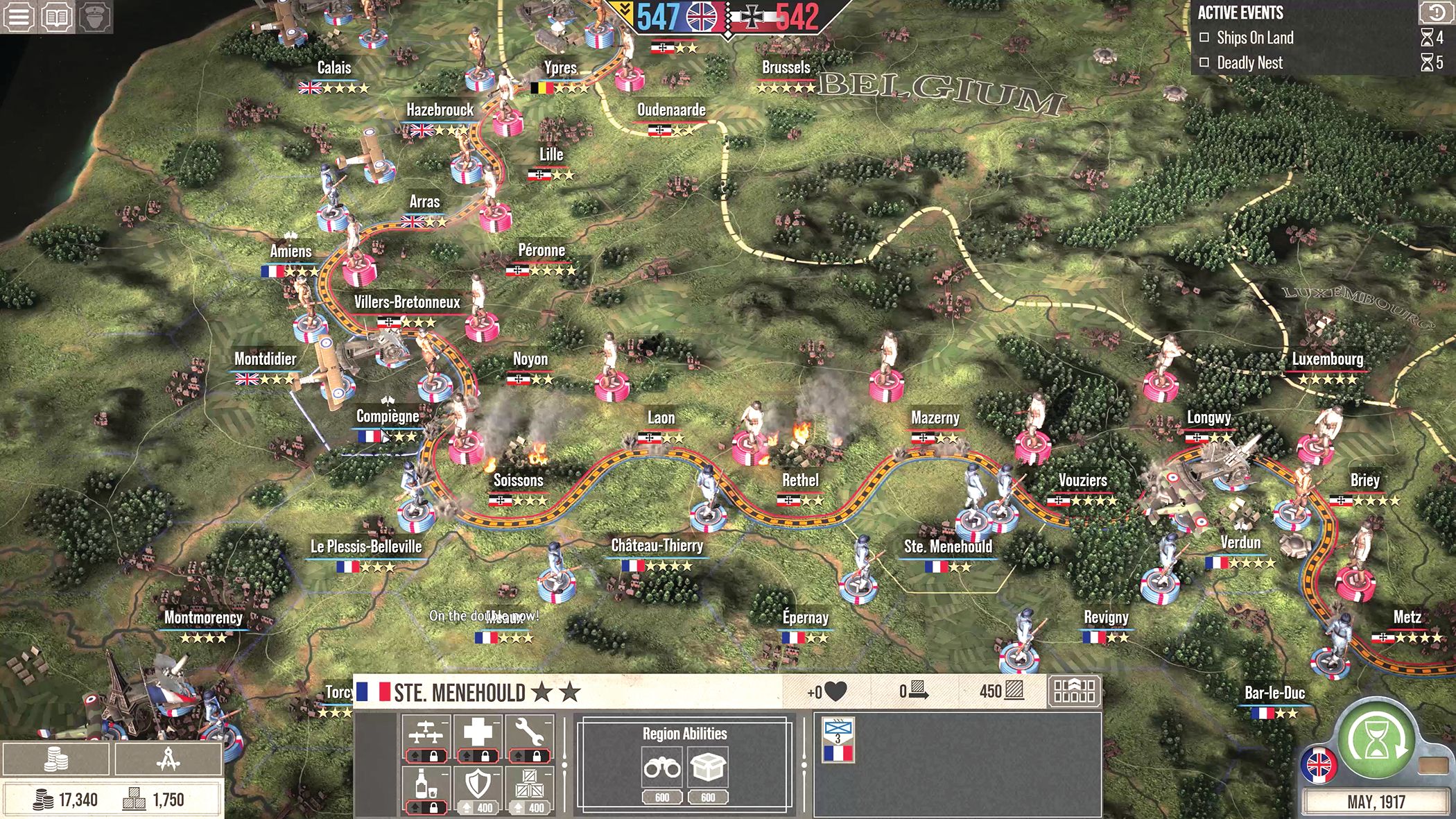
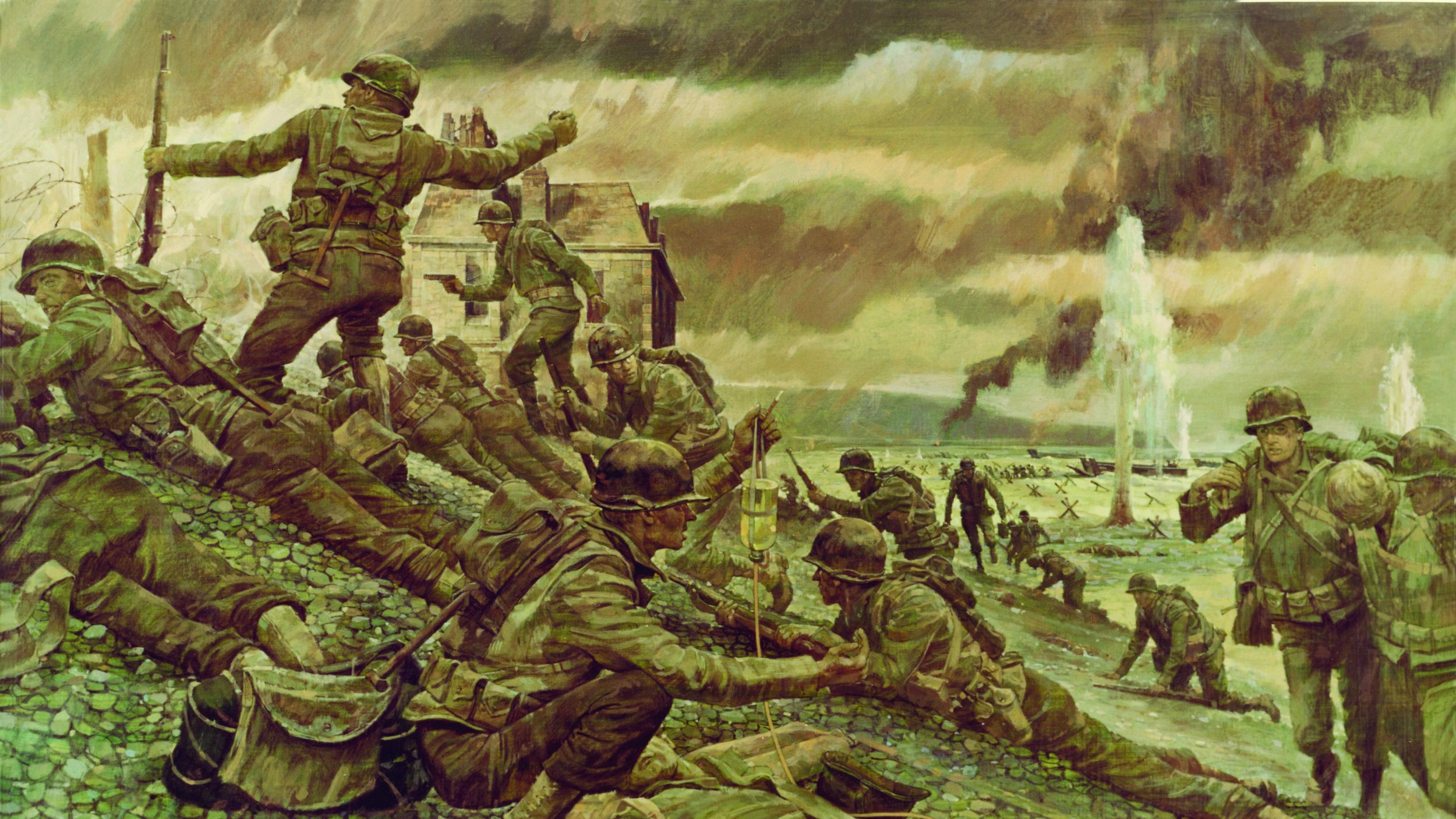
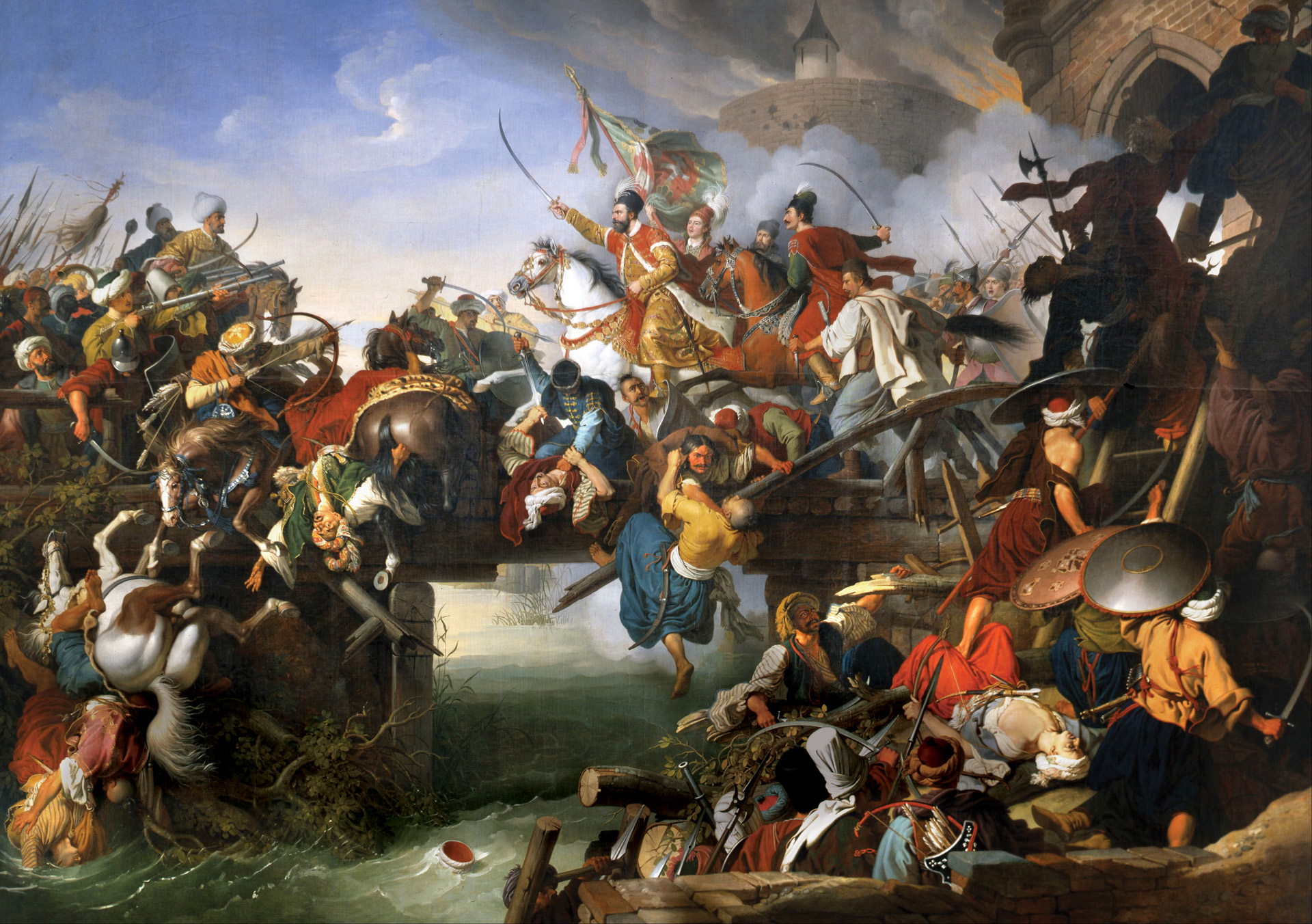
Join The Conversation
Comments
View All Comments